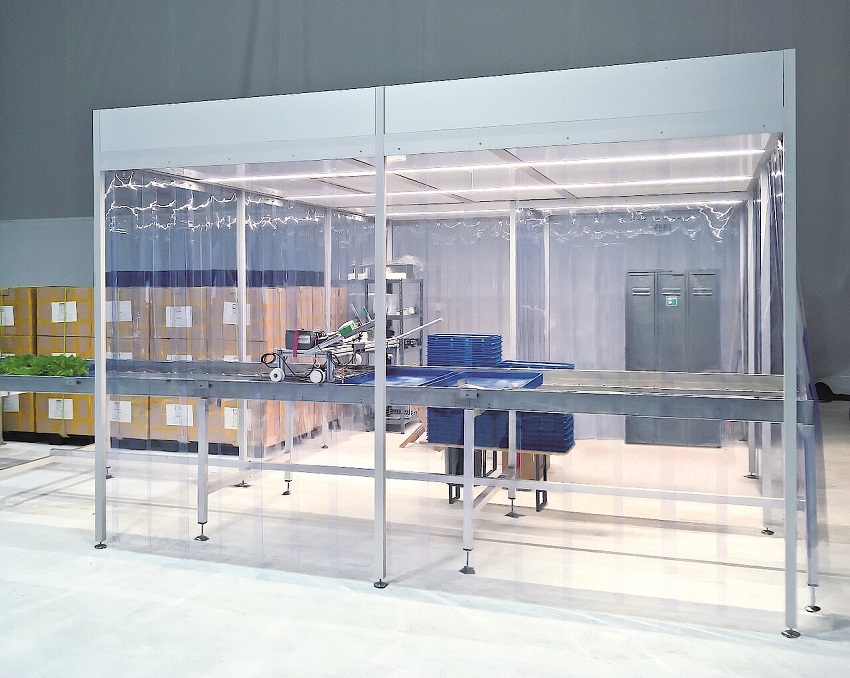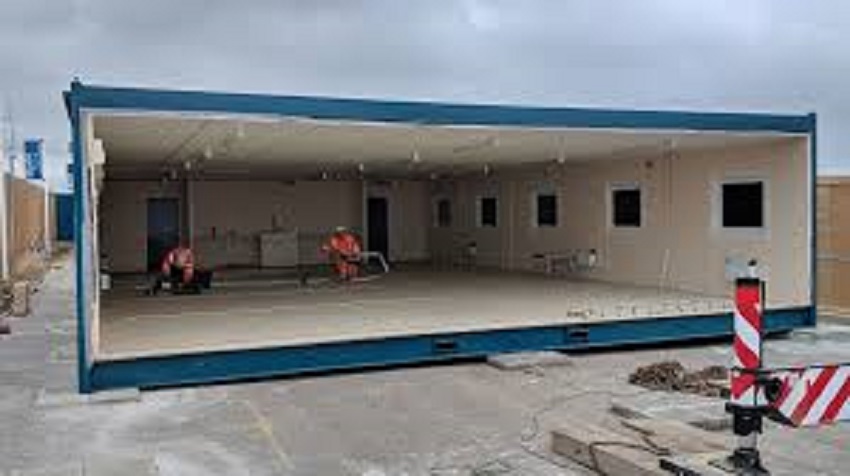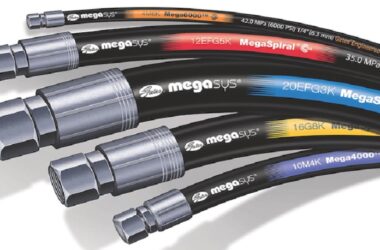Are you in need of a clean room but find yourself restricted by space or location? Building a portable clean room can be a practical solution to your needs. Whether you require a clean environment for scientific research, pharmaceutical production, or any other sensitive process, a portable clean room offers flexibility and convenience. In this article, we will guide you through the process of building a portable clean room step by step, allowing you to create a controlled environment anywhere you go. The content has collaborated with https://newark67.com/
Understanding the Importance of Clean Rooms
Before diving into the details of building a portable clean room, let’s first understand why clean rooms are essential. Clean rooms are controlled environments designed to minimize contamination and maintain specific levels of particulate cleanliness. They are widely used in industries where even a small particle or microorganism can have severe consequences, such as semiconductor manufacturing, medical device production, and aerospace engineering. You may also be interested in building a cleanroom.
Step 1: Assess Your Requirements and Space Limitations
The first step in building a portable clean room is to assess your specific requirements and space limitations. Consider the purpose of your clean room, the level of cleanliness needed, and the available space where the clean room will be set up. This evaluation will help you determine the size, configuration, and features required for your portable clean room.
Step 2: Select Suitable Materials and Components
Choosing the right materials and components is crucial to the effectiveness and portability of your clean room. Opt for lightweight materials that are easy to transport and assemble. Some commonly used materials for clean room construction include PVC panels, aluminum frames, and polycarbonate sheets. Additionally, select components such as air filters, fans, and lighting systems that meet the cleanliness standards for your application.
Step 3: Design the Layout and Airflow
A well-designed layout and airflow pattern are essential for maintaining cleanliness in a clean room. Consider the workflow within the clean room and arrange the equipment and workstations accordingly. Pay close attention to the direction of airflow, ensuring that it moves from cleaner to dirtier areas, preventing cross-contamination. Incorporate proper ventilation and filtration systems to maintain air quality.
Step 4: Establish a Reliable Air Filtration System
Clean rooms rely on efficient air filtration systems to achieve and maintain the desired level of cleanliness. Install high-quality HEPA (High-Efficiency Particulate Air) filters to remove airborne particles and microorganisms effectively. Position the filters strategically to ensure optimal air circulation and filtration throughout the clean room.
Step 5: Seal the Clean Room Properly
To prevent contamination from external sources, it is crucial to seal the clean room effectively. Ensure all joints, seams, and openings are tightly sealed to prevent the entry of particles, dust, or unwanted airflow. Use appropriate sealing materials, such as gaskets and silicone sealants, to create airtight barriers.
Step 6: Control Temperature, Humidity, and Pressure
Maintaining precise control over temperature, humidity, and pressure is vital in a clean room environment. Install temperature and humidity control systems to achieve and sustain the desired levels. Use pressure differentials to prevent the migration of contaminants from one area to another. Monitoring and controlling these factors will help ensure the integrity of your clean room.
Step 7: Implement Safety Measures
Safety should always be a top priority when working in a clean room. Implement necessary safety measures, such as emergency exits, fire suppression systems, and appropriate personal protective equipment (PPE) for the personnel working inside the clean room. Regularly conduct safety inspections and train your staff on clean room protocols to minimize the risk of accidents or contamination.
Step 8: Regular Maintenance and Cleaning
To maximize the lifespan and effectiveness of your portable clean room, establish a regular maintenance and cleaning routine. Follow the manufacturer’s guidelines for cleaning procedures and frequency. Conduct periodic inspections to identify any issues or signs of wear and tear. Address maintenance needs promptly to ensure the clean room remains in optimal condition.
Conclusion
Building a portable clean room allows you to create a controlled environment wherever you need it. By following the step-by-step process outlined in this article, you can construct a portable clean room tailored to your specific requirements and space limitations. Remember to assess your needs, choose suitable materials, design the layout and airflow, establish reliable air filtration, seal the clean room properly, control temperature and humidity, implement safety measures, and prioritize regular maintenance and cleaning. With a well-built portable clean room, you can carry out sensitive processes with confidence, regardless of your location.
FAQs (Frequently Asked Questions)
- Is it possible to build a clean room without professional assistance?
Yes, it is possible to build a clean room without professional assistance. However, it requires careful planning, knowledge of clean room requirements, and attention to detail. If you are unfamiliar with clean room construction, it is recommended to consult an expert or seek professional assistance.
- Can a portable clean room achieve the same level of cleanliness as a permanent clean room?
Yes, a properly designed and constructed portable clean room can achieve the same level of cleanliness as a permanent clean room. It is essential to select appropriate materials, install effective air filtration systems, and maintain the clean room regularly to ensure optimal cleanliness.
- How long does it take to build a portable clean room?
The time required to build a portable clean room depends on various factors, including the size, complexity, and availability of resources. Simple portable clean rooms can be set up within a few hours, while larger or more intricate setups may take several days.
- Can a portable clean room be customized to fit specific requirements?
Yes, portable clean rooms can be customized to fit specific requirements. The flexibility of portable clean room construction allows for modifications and additions based on the unique needs of different industries and applications.
- What are the limitations of a portable clean room compared to a permanent clean room?
While portable clean rooms offer flexibility and convenience, they may have some limitations compared to permanent clean rooms. Portable clean rooms are generally smaller in size and may have limited capacity. Additionally, maintaining precise temperature and humidity control can be more challenging in a portable setup. However, advancements in technology have made portable clean rooms increasingly effective and adaptable to various applications.






